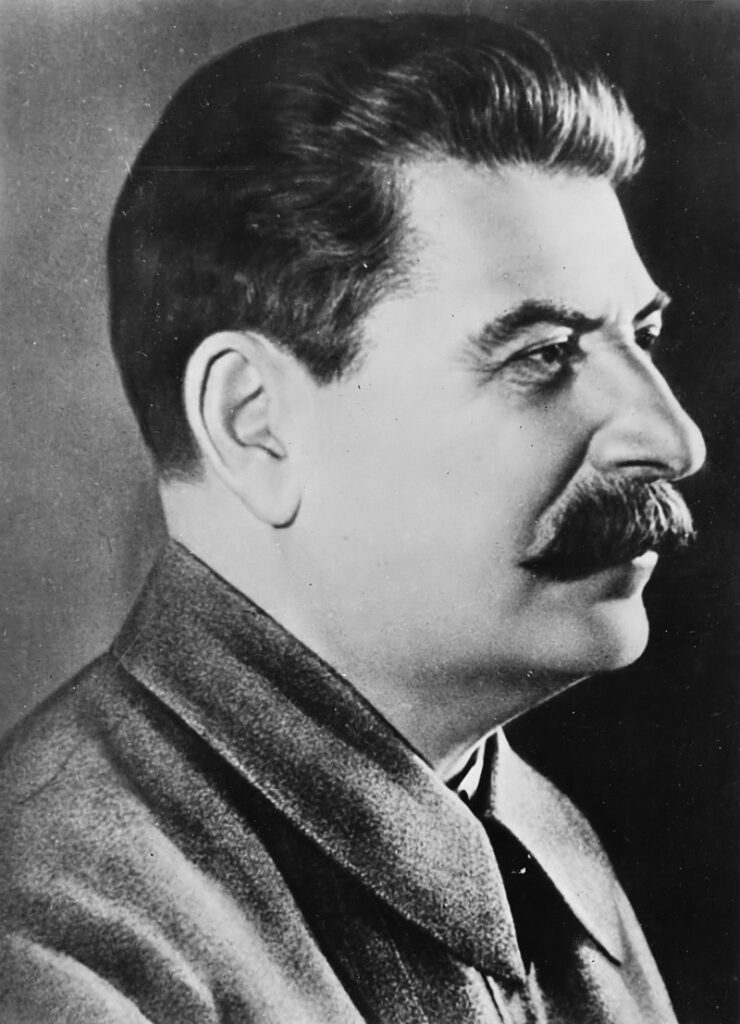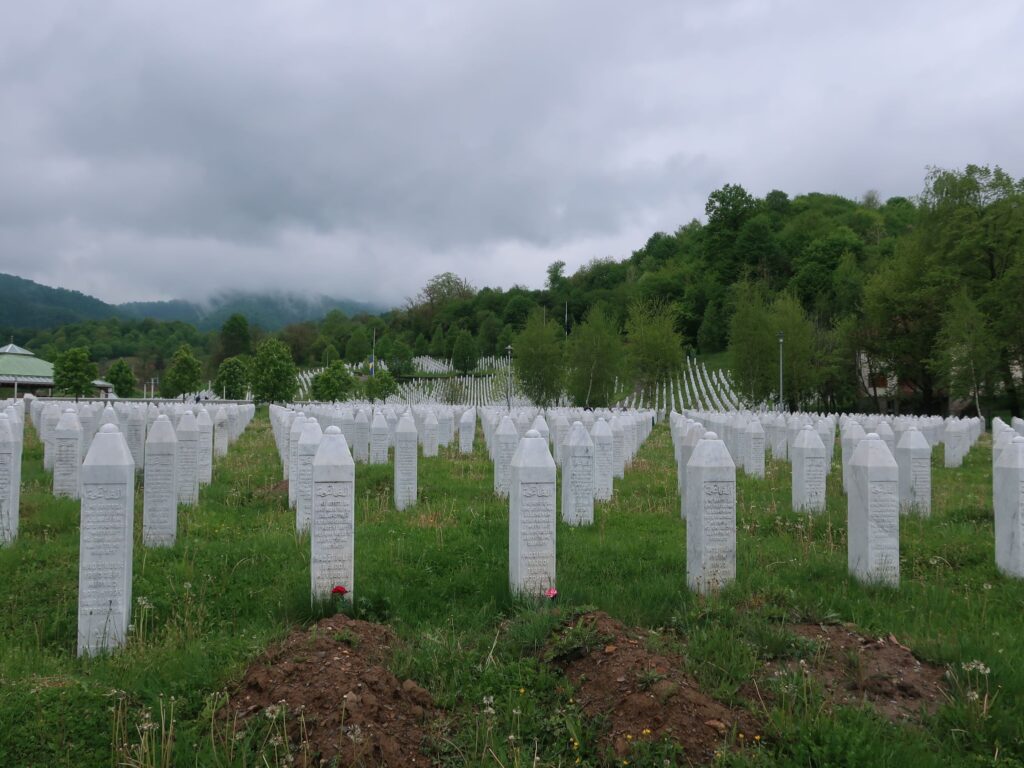Table of Contents
Norman M. Neimark, "Stalin's Genocide" Summary and Comments - Purges and Massacres in the Stalin Era

Joseph Stalin (1878-1953)Wikipedia.
Stalin's Genocide, written by Norman M. Neimark and translated by Takao Negishi, was published by Misuzu Shobo in 2012.
Author's profile.
Norman M. Naimark
Born in New York in 1944. D. (History) from Stanford University. After working at Boston University and the Center for Russian Studies at Harvard University, he has been a professor at Stanford University since 1988, where he teaches Russian and Eastern European history. He is currently a senior fellow at the Hoover Institution. His research focuses on genocide and ethnic cleansing.
Misuzu Shobo, Stalin's Genocide, translated by Norman M. Neimark and Takao Negishi.
Here are the contents of the book, followed by a description of the book's contents.
From the early 1930s until his death in 1953, Stalin executed well over a million of his own people. Through his trusted subordinates, millions more were sacrificed for reasons of ethnicity, religion, and class, both within and outside the country: starvation murders in the Ukrainian breadbasket, the eradication of rich farmers, the forced migration and death of "harmful" ethnic groups to extremely cold regions, the elimination of the Polish ruling class (the Katyn Forest massacre), and the purges of all political opponents. The whole story, including the purges of political opponents, is now available for the first time in a compact volume.
Whether or not to recognize the killings under the Stalinist regime in the 1930s and early 1940s as "genocide" is a matter of debate. Neimark cites as reasons for this the historical difficulty of criticizing the communist ideology that was the basis for mass murder, and the fact that the UN Genocide Convention (adopted in 1948) was a product of Great Power agendas and excluded political and social groups from its scope.
After thorough research, he argued for a review of the "definition" of the treaty itself, and clearly stated that the actions of the United Nations were genocide.
Behind the carnage was always Stalin himself. The origins of this dictator are explored and compared head-on with Hitler's "sanctioned" genocide of the Jews to question the significance of this debate today.
Back cover of Stalin's Genocide, translated by Norman M. Neimark and Takao Negishi, Misuzu Shobo
The book is unique in that it begins by raising the question of whether Stalin's mass murder should not be called genocide.
According to the book, genocide is a term defined by the United Nations and was initially determined to refer to the Nazi Holocaust.
The Nazi Holocaust claimed the lives of 6 million people (*there are various theories), but Stalin's mass murder actually claimed even more than that.
However, by definition, the term genocide has been interpreted by many to mean that the murders were not genocide. This book raises this issue.
Below are some quotes from the book that impressed me.
Soviet intervention in the UN
This book begins by addressing the question of the use of the term genocide itself. I argue that there are good reasons to consider and apply the UN Convention on Genocide in a broader and more flexible way than has been used in the academic literature.
This is especially important for examining Stalin's case. This is because the Soviet Union and the Allies had the words social and political groups removed from several early drafts of the UN Genocide Convention, which had been included in almost all of them.
International tribunals have also taken the direction of a broad interpretation of genocide. A good example is the 2004 decision of the International War Crimes Tribunal for the former Yugoslavia in the case of Radoslav Krstic.
The ruling ruled that the mass execution of some 8,000 adult Bosnian Muslim men and boys by Bosnian Serbs in Srebrenica in July 1995 constituted genocide.
This court concluded on appeal in this case that a mass murder case such as Srebrenica could be considered genocide even if it failed to convict any of the perpetrators of the genocide.
In 2007, the International Court of Justice (ICJ), also in The Hague, ruled that Srebrenica was a case of genocide, as it did in ruling on a case brought by the Bosnian-Herzegovina government against Serbia. Otherwise, it would have dismissed the case.
Misuzu Shobo, Norman M. Neimark, translated by Takao Negishi, Stalin's Genocide, p. 10.
It is important to note that when defining the term "genocide," the Soviet Union forced the UN to delete the words "social and political groups, which were included in almost all of the several initial drafts.
The Holocaust was a mass murder that primarily targeted Jews.
But Stalin's genocide was more about specific ethnic groups,political opponentThe explanation is that it was not genocide because the killings were against the
What this means is that it was inconvenient for the UN, which is dominated by the victorious nations, to equate the Soviet Union's actions with the Holocaust.
This is a very difficult international issue. It is difficult for me to briefly describe it here, so I encourage anyone interested to read this book.
Characteristics of Stalin's Eradication of Kulaks (wealthy peasants) - How was it possible to commit such atrocities that made people think of no man at all?
The third characteristic is that throughout the 20th century, genocide victims were commonly dehumanized and branded with stereotypes. They were not only "enemies of the people," but also "pigs," "dogs," and "cockroaches. They were "trash," "pests," "filth," and "garbage," and should have been purified, crushed, and exterminated.
Gorky portrayed them as "half-beasts and animals," and at times Soviet newspapers and propaganda materials portrayed them as apes. In this sense, the kulaks were dehumanized, race-ized as inferior by nature, and treated as such.
Misuzu Shobo, Norman M. Neimark, translated by Takao Negishi, Stalin's Genocide, p. 65-66.
How could they be so cruel to their own people?"
That has always stuck with me, and it was stated here that it was because, from the point of view of the enforcers of the massacre, they didn't even think they were human in the first place.
And what was more shocking was that Gorky was actively involved in this. I guess that's what it means to be in close proximity to Stalin...
Please refer to our previous article on this subject.
What is Stalin's Great Purge?
In his pioneering work on the Great Purge of 1937-38, Robert Conquest coined the terminology "The Great Terror," which has since been adopted and used by historians.
This phrase well describes the "apocalyptic scene of terror" over the past two years, when any Soviet citizen, except Vozhd himself, i.e., Stalin, could have been arrested, tortured, exiled, or executed.
The fear was palpable, especially among those in positions of responsibility: the nomenklatura (privileged class) of the Communist Party, factory managers, intellectuals, generals, and newspaper editors. They had their bags packed with personal effects in case a knock on their door came in the middle of the night and they were taken away.
The atmosphere in the big cities and provincial centers was tense, and everyone felt a kind of helplessness and agony about their situation. It is difficult for those who did not experience fear, helplessness, snitching, and confessions to understand what it was like to survive this period.
Misuzu Shobo, Norman M. Neimark, translated by Takao Negishi, Stalin's Genocide, p. 107-108
Whereas Hitler had skillfully attracted the masses, Stalin, because of the fragile national base, turned the Communist Party into a private party and the secret police into a private army, thus captivating the people with an almost invisible terror.
Under the pretext of the myriad potential "enemies of the people" lurking among the populace and the threat of imminent war, wartime martial law conditions were created at all times, creating a society in constant fear of the unseen.
To this end, as a visible terror, they set up a system of midnight arrests, torture, executions, concentration camps, forced emigration, family-based punishment, and the application of the death penalty to young boys and girls to make an example of them.
A black car nicknamed "The Crow" drove around town packed with arrestees. On the outside of the sealed cars were written the words "bakery" and "florist. The Soviet Union thus became a vast archipelago of gulags.
Misuzu Shobo, Norman M. Neimark, translated by Takao Negishi, Stalin's Genocide, p. 162
The book provides a clear explanation of what Stalin's mass murder was all about.
I have quoted these two here, but there are many other parts of the book that I would like to share with you. This book is very helpful in understanding what was going on during the Stalin era.
The Nazi Holocaust is a very well-known event in the world, whereas the purges by Stalin are not so well known in Japan. In this book, you will also learn why such differences occur.
Conclusion
In 2019 I am visiting Auschwitz and then Srebrenica, Bosnia. And in each place I will learn about the Genocide.


However, after reading this book, I learned what the definition of the word "genocide" is in the first place, and that the term "genocide" is not used simply because a mass murder has occurred, but that the term is used for mass murder under special circumstances.
And I knew very little about the Stalin-era purges until I learned about Russia. This book made me think about genocide again.
This book is another one I would highly recommend.
The above is "Norman M. Neimark, "Stalin's Genocide" - Purges and Massacres in the Stalin Era".
Next Article.
Click here to read the previous article.
Click here for a list of Stalin-related articles. There are 14 articles in total.
Related Articles





































